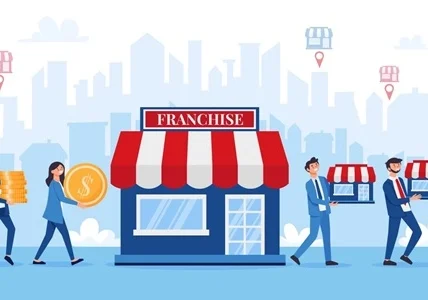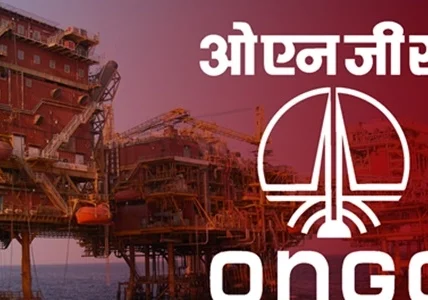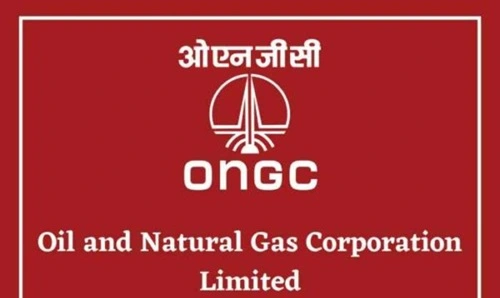The term microfinance often gives away the meaning in its name itself. Microfinance as the name says is related to financial services and refers to the companies that are involved in the business of credit, savings, insurance, and loans. The very idea of microfinance was built on the premise that traditional banking and financial chain isn’t reachable to all masses of people and hence catering to the sub-tier cities or people who cannot avail of traditional banking channels is hard.
Microfinance has helped become a revelation in this field with larger financial inclusion for people by providing them will all financial services in the form of savings, credit, loans, and more. Non-banking Financial Corporation (NBFC) is a major example of microfinance. Microfinance is governed by the Reserve Bank of India which is tasked with governing all financial services sectors of India.

They have many advantages and have largely been a boon for people. With the help of debt restructuring and similar services, you can plan your finances better. However, there are a few downsides to them too and we’ll look to discuss both aspects below in our article today. Read along.
Advantages of Microfinance
1. Loans without collateral
The major advantage of microfinance is the ability to provide collateral-free loans to people. Since all the major banks require collaterals and tons of documentation for loans and applications, getting it sanctioned can be a difficult thing. This is often a hard ask for people from the low-income category who cannot furnish the required documents and collaterals. For say, people working in small establishment shops and needing capital for expansion can easily get a loan from microfinance institutions but not from a traditional bank. And that loan can be vital for his business expansion and growth. Microfinance steps into this and helps those people get access to collateral-free loans with faster disbursement and lesser hassle.
2. Quick Loan Dispersal
As aforementioned in the above point, microfinance has a faster loan dispersal system where the documentation and loan sanction don’t take multiple levels of hierarchical approvals. This makes it easy for people looking for instant credit and loan facilities. Nowadays there are a lot of microfinance who work on a digital basis and provide quick online KYC and loan approval within minutes or a day. This helps in lessening the need for loan sanction time. Many microfinances have 1-3 days of working time from application to dispersal of the loan directly to the bank account without the need for a visit to the office.
3. Catering to low-income group
One great thing about microfinance is the ability to bring lower-income groups into the banking and financial spectrum. They allow people from this group who are denied access to traditional banking setups due to large documentation and approval things to come into the financial services sector and avail of various services. Such group too have their financial needs and assisting them will help them bring them into the purview and guide them about the banking and financing work mechanism.
4. Setup financial system and building of financial purview
Microfinance helps bring the financial purview to various sub-tier cities and groups that aren’t accessible by the traditional banking core. This also helps widen the horizon of financial reach and further build the pathway into large-scale financial connectivity. The very start of microfinance helped to build local-level financial institutions that connect to the spectrum of the existing financial system and connect the stream to a wider audience level. Microfinance over the years has expanded into small banks, payment banks, neo banks and more helping set the base for the future.
Disadvantage of Microfinance
1. High interest rates
With every fast and quick service, there are often hidden costs associated with it. This rings true for microfinance too as their collateral-free loan, easy dispersal often clouds the fact that there is a very high hidden cost in terms of interest rates and processing charges for the loans. While traditional banks charge interest of around 12% to 18% depending on the loan, the interest rates for loans by microfinance can range from 20% to 36%. This can be a large interest payment and even cause defaults leading to making additional payments and cash outflow for people.
2. Defaulting and high debt
As discussed, the high interest rates of microfinance loans can often cause default and increase the debt structure for people. Add to that various terms and conditions, and there are times when the debts often become unsurmountable and end up affecting the people. This creates a cycle of debt where the individual is forced into paying large sums of money against his borrowing to settle the case which will take lots of time. Managed loans and repayments are good but if loans become an overwhelming issue, the low-income group will further suffer and be affected.
3. Harsh Nature
Microfinance has a very different approach to traditional banking when it comes to loan repayments and collections. Where traditional banks accept few situations or can offer partial penalties at times to handle the matter, microfinance often applies harsh and unlawful techniques for the recovery of loans. This can range from degrading the CIBIL score to applying undue pressure for repayments. There have been instances of threat, and even other means for loan recovery via agents. This severally affects the user who had taken the loan and they may have to go through defamation at times.
4. Limited Service Breadth
Microfinance through providing financial services cannot compensate for the full-fledged banking services. They can only cater to limited services like loans, credit, insurance, savings, and a few more notable services while traditional banking provides tons of services from brokerage, locker, and full-fledged banking services. This means that availing microfinance services won’t solve all your needs if you are looking for proper banking and financial services. That at times can be a downside for people who are looking for an expansive portfolio of services on offer.
Final Words
Microfinances are a crucial part of the grassroots level of the economy and help build the economy by providing and making financial services accessible to people from lower-income groups and sub-tier cities. This helps strengthen the money flow into the system and also brings them into financial purview helping them understand various financial norms and policies. That also helps in uplifting them and providing them with opportunities via various financial services that traditional banking and financial services cannot provide. They are a major stay of a nation and have many advantages. On a similar note, they also have a few downsides and we touched down upon both the aspects in the above article.














